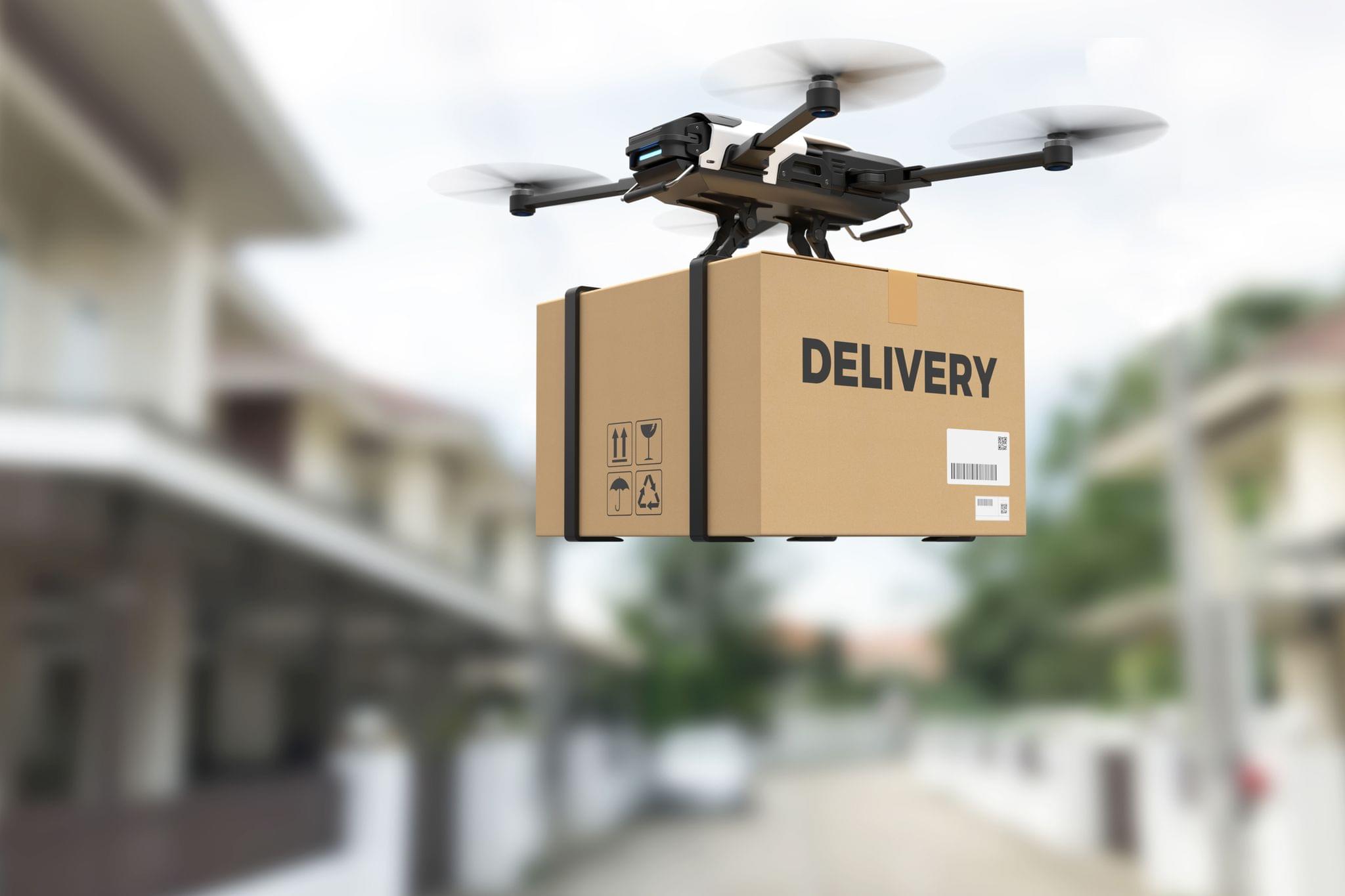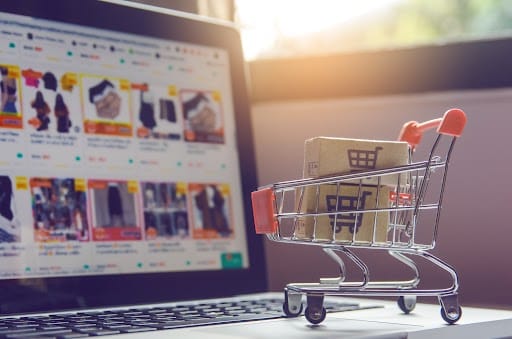The Covid-19 epidemic has had a significant influence on practically every business sector. However, the FMCG business has been one of the most hit. Consumers transitioned from eating out to ordering in, from buying goods at their local grocery store to signing up for online delivery services. Families became more concerned about their health than ever before, and they were willing to switch to alternative brands to suit their newly accepted standards.
What will ring true with consumers in the future? Buying only the minimum necessities? Products that support quick and simple preparation? Do you like family-style meals or single-serving portions? It’s a difficult moment for the FMCG industry, as companies try to stay up with ever-changing consumer perceptions on products, packaging, purchasing, and general consumption habits.
With the rising demand for doorstep delivery of essential goods due to the arrival of the COVID-19 pandemic, this is a sector that has witnessed an explosion in terms of organic business growth. Right now, many consumers are not choosing their grocery store based on brand loyalty, but based on which ones have the quickest delivery times, as well as have the most pantry staples in stock.
The complete consumer journey is extremely crucial in today’s society because people’s social requirements will influence their purchasing habits as the COVID-19 conditions change. Thus, retailers must comprehend the future of experience-led capabilities in order to provide consumers with the journey they desire. The crucial component here is e-commerce. It doesn’t simply mean being online–it also involves doing it right.
Despite hurdles in delivery, customers accepted their goods during the peak of the pandemic. The grace period is now expired, and brands have had enough time to adjust to the changes. Companies will be better able to plan for the recovery if they know which improvements are likely to persist. Customers today want brands to be available at all touchpoints, despite supply chains and limited resources.

To compete in this new environment, brands must ensure that their digital channels sustain with or outperform those of their competitors.
- Infrastructure for digital payments—including mobile and bank agent networks—are critical for the expansion of e-commerce toward underserved segments. Most platforms saw a surge in the use of digital payments, notably digital wallet—a payment system that allows consumers to make safe, instant transactions without using cash.
- You can launch a direct-to-consumer business, driving customers to your own website where they can then learn about your brand and make a decision to buy. There are also opportunities to get in front of large volumes of consumers through online marketplaces (like Amazon, Flipkart, etc.).
- Consumers are searching for everyday essential items and finding them at their local independents. If they are searching for certain items, you should focus your listings and advertising on that. For instance, edobo makes its pantry items available for delivery as soon as possible, instead of pushing those specialty items.
- Furthermore, even if smaller retailers can’t beat national chains on delivery speeds, they may be able to advertise other benefits of buying goods from their stores. For example, edobo offers their customers a more accurate delivery window and better communication about the available substitutes for out-of-stock items. It is functional 24x7 with fresh produce, groceries, and other staples and also aspires to provide superior in-store pickups.
- With that in mind, retailers must embrace omnichannel customer communication and re-purpose the physical store. Today’s consumer expects companies to communicate and engage with them in real-time and on their terms. edobo employs omni channel fulfilment from the time a customer purchases to the time the goods are delivered. It includes picking up, warehousing, packing, and timely delivery to the customer, among other things, all in a synchronous manner.

Quick Commerce
Qcommerce—paving the way for the next age of delivery COVID-19 has harmed all major businesses, from hospitality to manufacturing. Businesses that use QCommerce, on the other hand, have been mostly unaffected by the pandemic’s aftermath. Quick Commerce, as the name implies, is the next step of E-commerce or M-Commerce, in which the speed with which a company can provide (today in a blink of an eye) is more significant than anything else. For all the right reasons, QCommerce’s future seems bright. All of the aforementioned would allow QCommerce to permanently alter the landscape of commercial consumption.
Regardless of the market or product sector, Qcommerce is fast gaining traction. The good news is that most category products, including beauty products, small tech items (computer mice, chargers, headphones), pharmacy drugs, kitchen items, perishable products, and, of course, QSR (quick service restaurants) such as fast-food chains, food court restaurants, Starbucks, and even grocery stores, fit into this approach. The bad news about rapid commerce is that not all items can be provided at such a high rate. Large objects, particularly those that require assembly or installation, such as furniture (e.g., beds and sofas), do not fit in this form of delivery. Small house appliances or household equipment, such as a kettle, coffee maker, light, pillows, and so on, might come under this category.

Other Delivery Innovations
- Subscription Delivery Services: The emergence of low-cost, flat-rate delivery subscription services (e.g., Amazon Prime, BB Daily, SuprDaily) is providing customers with access to on-demand all-you-deliver consumption—a crucial factor driving induced demand.
- Advanced Algorithms: Algorithms assist merchants and delivery providers in optimising the supply and delivery chain from order fulfilment to determining the most cost-effective or fastest delivery route.
- Courier Network Services (CNS): Apps or online platforms employed to provide for-hire delivery services for monetary compensation. The apps match couriers-who use a personal vehicle, bicycle, or scooter for deliveries-with customers of the ordered goods (e.g., packages, food).
- Drones or robotic delivery: A delivery drone is a short-range unmanned aerial vehicle (or UAV) that can transport small packages, food, or other goods.
- Automated Vehicles: Automated and connected vehicles offer another mechanism for future delivery options employing both business-to-consumer and peer-to-peer delivery services.
In conclusion, customers are not pleased simply by a high-quality product offering. To stay ahead of the competition, you must have a distinct offering that marks you from the rest. Providing an exceptional customer experience through your eCommerce businesses and other channels is a surefire means to do so.


0 Comment